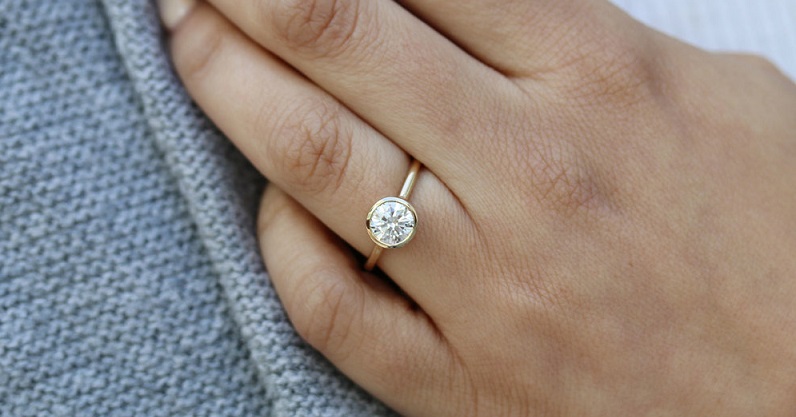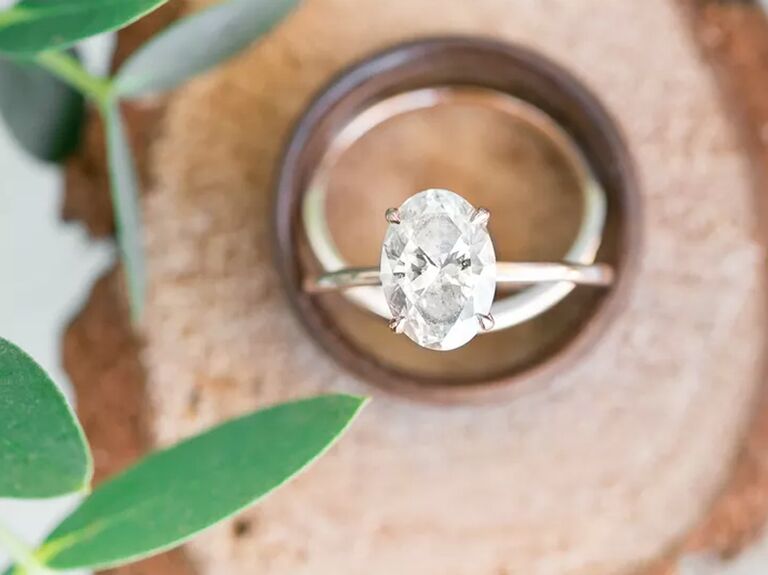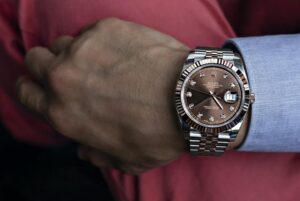
Purchasing a diamond engagement ring is a delicate process. As, the value of the jewels is extremely high, it is common for doubts to arise related to the quality and veracity of the gems. Generally, diamond engagement ring of very high values comes with a laboratory certificate, which attests to the quality of the precious stone. Currently, the most respected certificate in the jewelry universe is the dossier issued by GIA, a laboratory recognized for its rigidity and quality of analysis. In this article, we will help you to better understand the GIA certificate, as it is an accepted document worldwide.
Do you know what GIA is?
GIA stands for the Gemological Institute of America, a gem research and study institution. The laboratory is undoubtedly the largest gem certification authority in the world. The analysis is made according to a diamond assessment system created by the GIA itself: in the mid-1940s, known as the 4 C’s. According to this system, diamonds are classified according to four characteristics: Color (Color), Carat (Weight), Clarity (Purity) and Cut (Shape). The certificate resulting from the analysis of a gem by the GIA is very detailed and even a little complex. Thus, many people do not know very well how to interpret the information described.
Date – The date the diamond was examined by the GIA.
Report number (GIA number) – A unique sequence of numbers, recorded in the GIA database. This same number is inscribed on the analyzed diamond using a laser. The digital certificate can be accessed through this link. Simply enter the diamond GIA number for your ring.
Shape and cutting style (format and cutting) – This information refers to the shape and faceting of the diamond. The shape is related to the diamond design: round, oval, triangular, hexagonal, baguette, French-cut, briolette, heart, etc. Stoning is the arrangement and quantity of facets within the cut (brilliant, step, cabochon, mixed, princess). An example is that a round diamond may or may not be a brilliant one. This will depend on the type of cutting that the stone received.
Measurements – They are the dimensions of the diamond in millimeters and should be read as follows: length x width x depth.
Carat weight – The weight measurement used is the carat. It is important to remember that 1 carat equals 200 milligrams or 0.2 grams (1ct = 0.2g). In addition, in the diamond market, the term “dot” is widely used. 1 carat equals 100 points (1ct = 100 points or 1 point = 0.01 CT).
Color grade (color classification) – This item analyzes the color gradation of the diamond. The method used to assess the color of diamonds is the DZ, developed by the GIA itself. In this table, D is the colorless diamond (the best classification) and Z (the worst classification) is the diamond that presents a stronger yellowish tone. The ideal diamond is colorless and is classified as D. However, most diamonds available in the jewellery market, have a slightly yellowish tone: almost imperceptible to a layman. As the yellowish color becomes evident, it loses value and gains a lower rating.
Clarity grade – The GIA has created a scale that measures the amount of imperfections in the diamonds. This item is the result of analyzing these inclusions in your diamond. Five criteria are evaluated in relation to inclusions: quantity, position, size, nature and color. According to the criteria created by the GIA, diamonds must be analyzed with magnifiers with 10x magnification. Very pure diamonds are rarer and, consequently, more expensive.
Cut grade – The cut classification evaluates aspects related to the quality of the cut. Several factors are analyzed, such as proportions, symmetry and polishing. Most experts consider the cut to be the main characteristic when classifying a diamond. It is the quality of the cut that will determine how much the stone will shine and whether it will produce the famous burst of light. A diamond with a bad color and a perfect cut may shine brighter than another with a good color, but with a bad cut. The cut can be classified from excellent to poor (inferior).
Polish – Evaluates the polishing of the diamond surface. It can be classified from excellent to poor (inferior).
Symmetry – Evaluates the symmetry between the cut, shape and alignment of diamond facets. It can be classified from excellent to poor (inferior).
Fluorescence – It evaluates the intensity of the color that the diamond emits under ultraviolet light of long wave. It can range from none (none) to very strong. Only 25% to 35% of diamonds in the world exhibit any significant degree of fluorescence. It is more a feature of the stone than a diamond quality rating system.
Clarity characteristics – This item reports the characteristics of the inclusions and imperfections of the diamond. They can be cavities, natural cutouts, knots, holes made by laser, extra facets, and crystals of other minerals, etc.
Inscriptions – Reports any text, symbol and logos inscribed on the diamond belt.
Proportions (proportion diagram) – A graphical representation of the proportions of the analyzed diamond.
GIA seal of authenticity – Stamp with micro prints, watermark and holographic print that verifies the integrity of the document.
GIA color, clarity and cut scale – Illustrates the GIA clarity rating table, the cut and GIA classification table.
QR CODE – A two-dimensional bar code that checks the certificate data against the GIA database when scanned.
Conclusion: were these crucial?
There are hardly anything in the world that we buy at least not considering one or two aspects. Right?
And, here we are talking about diamond engagement ring. Would you not like to know the crucial aspects that give the authority to check the quality and standard of the piece? Knowing these important terms will help you to buy the premium quality diamond engagement ring. No one will make you fool.
If you are looking for diamond engagement rings, the recommendation is to look for a premium seller with a good reputation in the market. If you are considering purchasing an engagement ring or diamond ring, feel free to visit Alexander Sparks. The best online store of the largest collections of diamond engagement ring in affordable prices and unique and latest designs.









